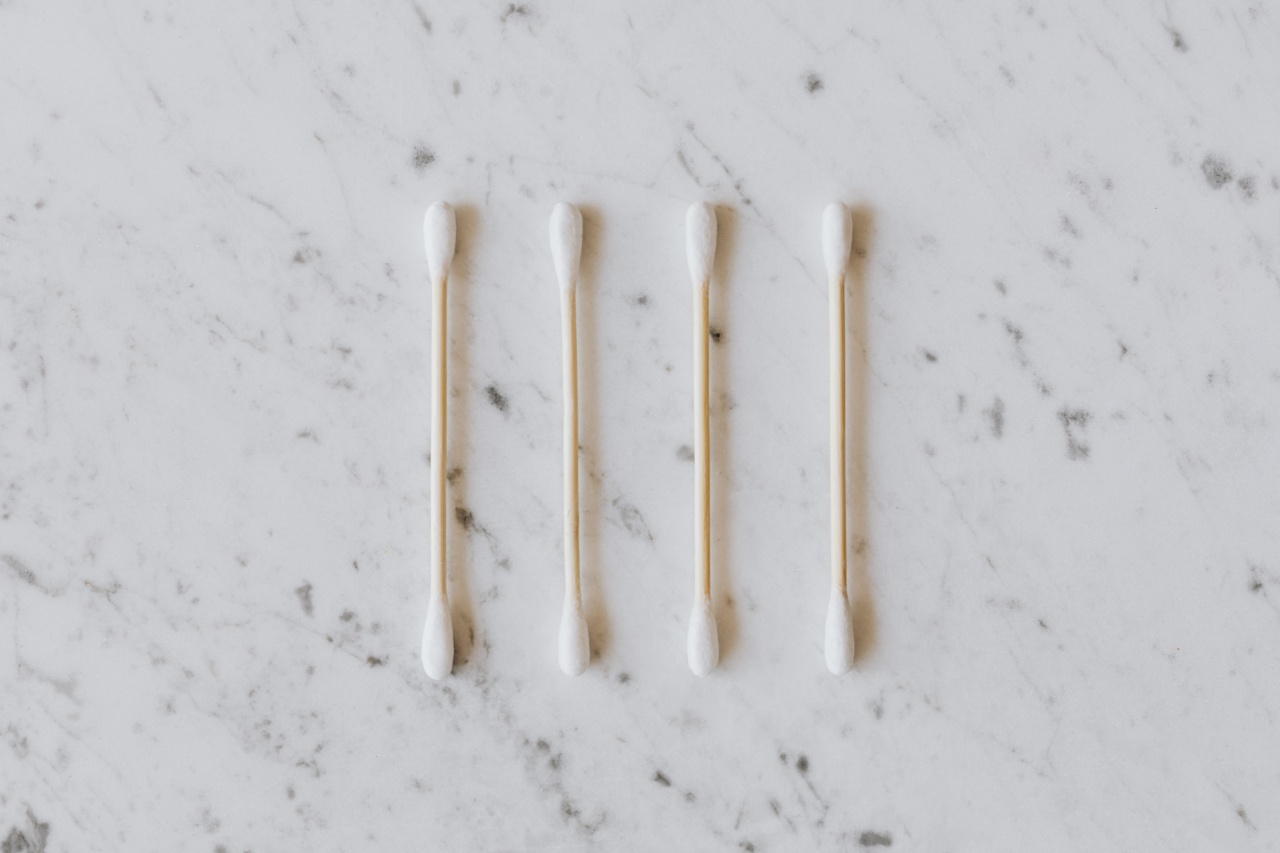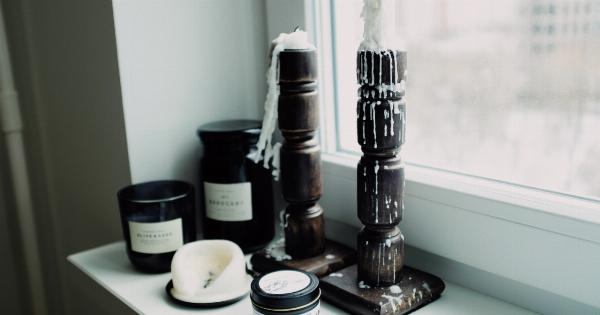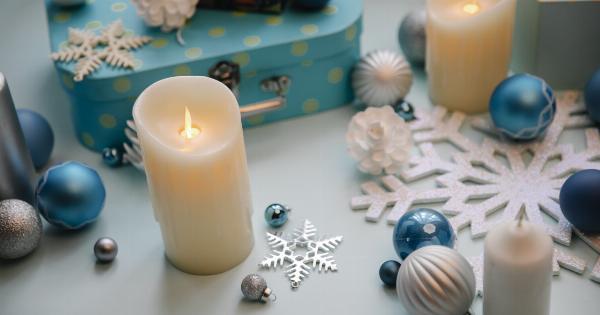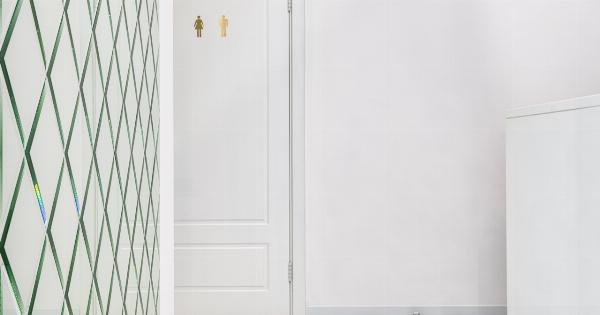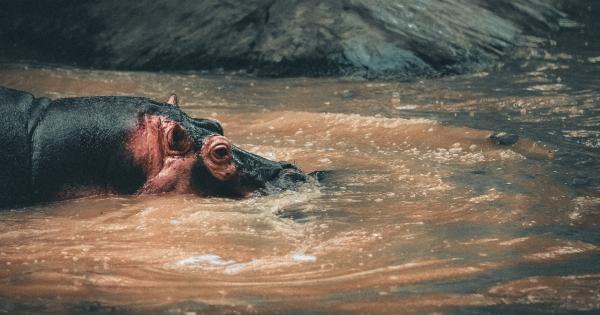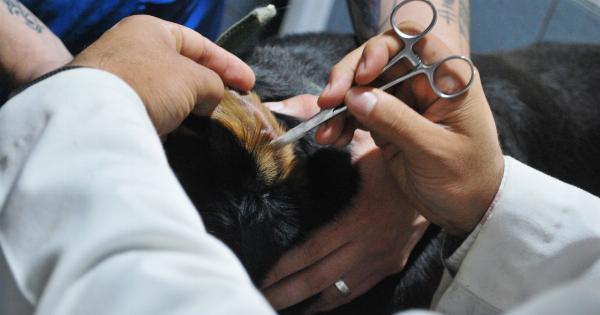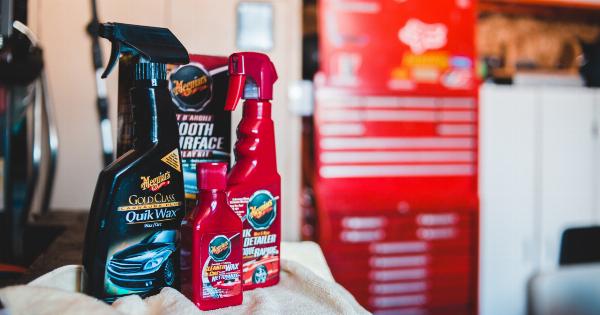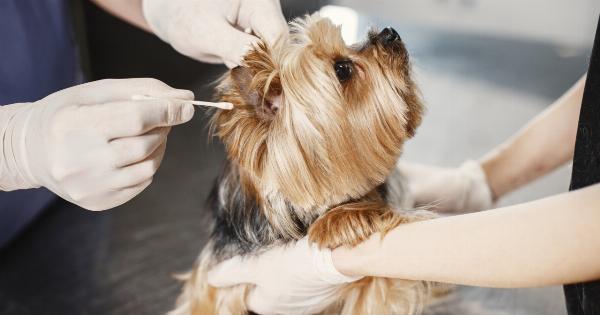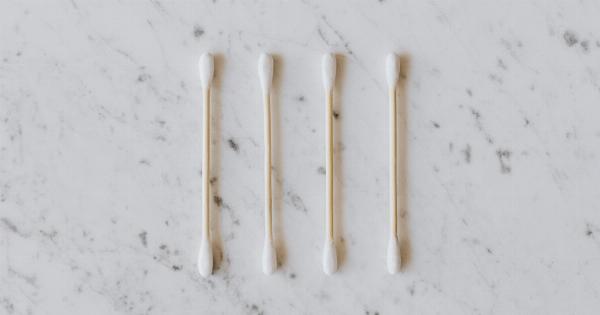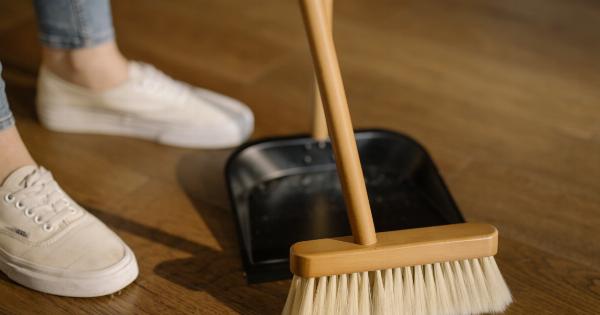Using cotton swabs to clean your ears may seem like a quick and easy solution, but it can actually cause more harm than good. Instead, there are several safe and effective ways to clean your ears without using cotton swabs.
In this article, we’ll share tips and tricks for ear cleaning without cotton swabs.
Why You Shouldn’t Use Cotton Swabs
Cotton swabs may feel like they are cleaning your ears, but they are actually pushing wax deeper into your ear canal. This can lead to various ear problems including ear infections, hearing loss, and tinnitus.
Additionally, the cotton swab can accidentally puncture your ear drum, causing permanent damage to your hearing.
Safe Ways to Clean Your Ears
Here are some safe ways to clean your ears without using cotton swabs:.
1. Use Ear Drops
Ear drops can help loosen and soften ear wax, making it easier to remove. You can purchase ear drops at your local drugstore, or you can make your own by mixing equal parts white vinegar and rubbing alcohol.
Tilt your head to the side and apply a few drops of the solution to your ear. Let it sit for a few minutes, then tilt your head the opposite way to let the solution drain out.
2. Irrigate Your Ears
Irrigating your ears with warm water can help flush out excess wax. You can purchase an ear irrigation kit at your local drugstore, or you can make your own by filling a bulb syringe with warm water.
Tilt your head to the side, gently insert the tip of the syringe into your ear, and squeeze the bulb to release the water. Let the water drain out, then repeat on the other ear.
3. Try Ear Candling
Ear candling involves placing a hollow candle in your ear and lighting the other end. The heat from the flame creates a vacuum that draws out the wax and debris from your ear.
While there is little scientific evidence to support this method, many people have reported success with it. However, it is important to follow the instructions carefully and seek professional help if you experience any discomfort or pain.
4. Consult a Professional
If you are experiencing excessive ear wax buildup or other ear problems, it is best to consult a professional. An ENT (ear, nose, and throat) doctor or an audiologist can safely and effectively remove ear wax using specialized tools and techniques.
Tips for Preventing Excessive Ear Wax Buildup
While it is important to keep your ears clean, it is equally important not to over-clean them. Here are some tips for preventing excessive ear wax buildup:.
1. Don’t Use Cotton Swabs
As we mentioned earlier, cotton swabs can actually make ear wax buildup worse. Avoid using them altogether.
2. Avoid Excessive Moisture
Excessive moisture can lead to ear infections and other problems. Avoid swimming in dirty or polluted water, and dry your ears thoroughly after showering or swimming.
3. Don’t Insert Any Objects into Your Ear
Avoid inserting anything into your ear, including bobby pins, pencils, or fingers. This can damage your ear canal and lead to infection.
4. Clean Your Ears Safely
As we discussed earlier, there are safe ways to clean your ears. Use ear drops, irrigate your ears, or consult a professional for help.
Conclusion
Ear cleaning is an important part of ear health, but it can be done safely without using cotton swabs. Use ear drops, irrigate your ears, try ear candling, or consult a professional for help.
Take steps to prevent excessive ear wax buildup by avoiding cotton swabs, excess moisture, and inserting objects into your ear. By following these tips and tricks, you can maintain healthy ears and prevent ear problems.
